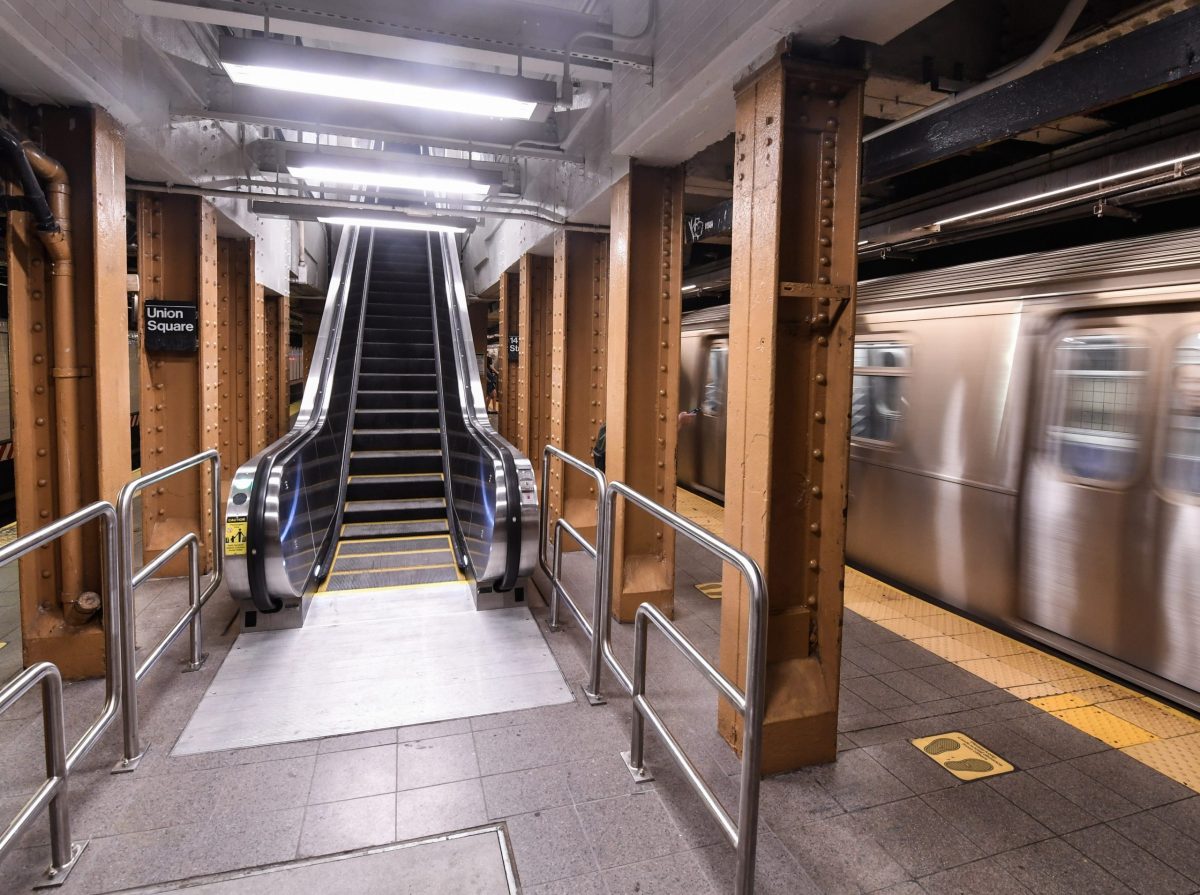The MTA is still chipping away at improvements on the L train, having announced a new escalator coming into service at the Union Square station to service the 19,000 pre-pandemic riders that shuffle on and off the platform every hour during the week.
This installation, designed to ease congestion through the busy interchange, follows elevators paired with a new entrance to the L train’s First Avenue station near Avenue A and switch replacements on the 4-5-6 near Union Square in recent months.
These improvements were funded by the MTA prior to the financial crisis they currently face due to COVID-19.
“This new escalator is another achievement for the larger L project team that, delivered that huge project early and below budget,” MTA Chief Development Officer Janno Lieber said. “Even in the midst of the COVID-19 pandemic we’re using innovative strategies to deliver customer improvements faster and at lower cost than ever before.”
Judy McClain, Chief of Operations Planning at New York City Transit, says that because the L train platform at this location is one of the most congested during pre-pandemic levels of ridership the escalator is one of the fastest in subway system; it can move up to 92 people per minute.
According to the MTA, there are now 231 escalators across the 472 subway stations in the city and they believe this upgrade will help riders transfer from the L train to other connections in the station such as the 4-5-6. The escalator runs between the L platform and the main mezzanine of the station.
Other accessibility projects on the L train include a fresh set of elevators at the Bedford Avenue station in Brooklyn as an addition the minority number of stops which are Americans with Disabilities Act compliant. As it stands, about a quarter of all stations in the system have elevators.
Due to COVID-19, MTA ridership was struck down by 90% and today is only a quarter of what it was before March — blowing a projected $12 billion hole in their finances that the authority claims only the federal government can fill.


















